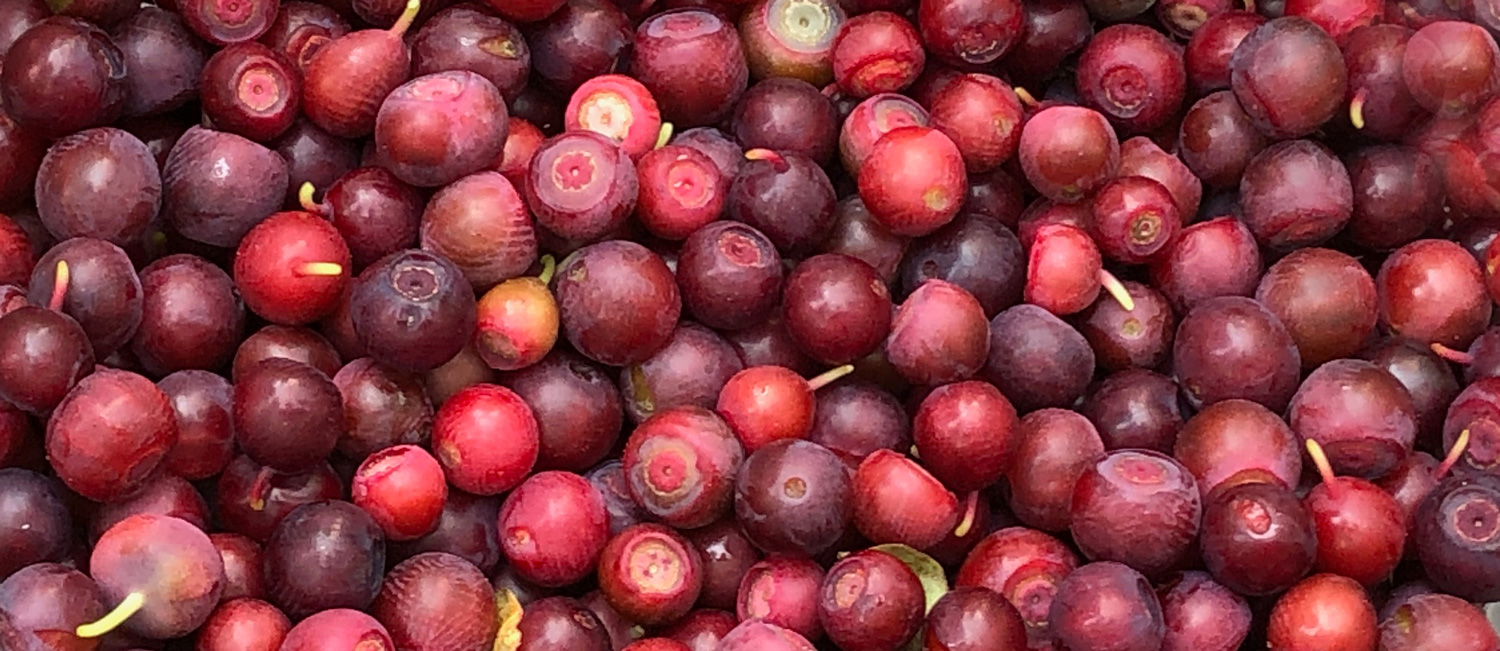 The other day I collected three precious pints of Colorado huckleberries (Vaccinium species). They may be small, but their intense, sweet-acid punch means a little goes a long way. They are some of my favorite wild berries!
The other day I collected three precious pints of Colorado huckleberries (Vaccinium species). They may be small, but their intense, sweet-acid punch means a little goes a long way. They are some of my favorite wild berries!
Here in the Central/Southern Rockies we have three species, all growing from low groundcover (ankle to knee height) beneath aspen, pine, spruce, and fir—such that you may have hiked miles over them without noticing. Look under the foliage for small, red to purple or powder blue berries with a round stamp at one end.
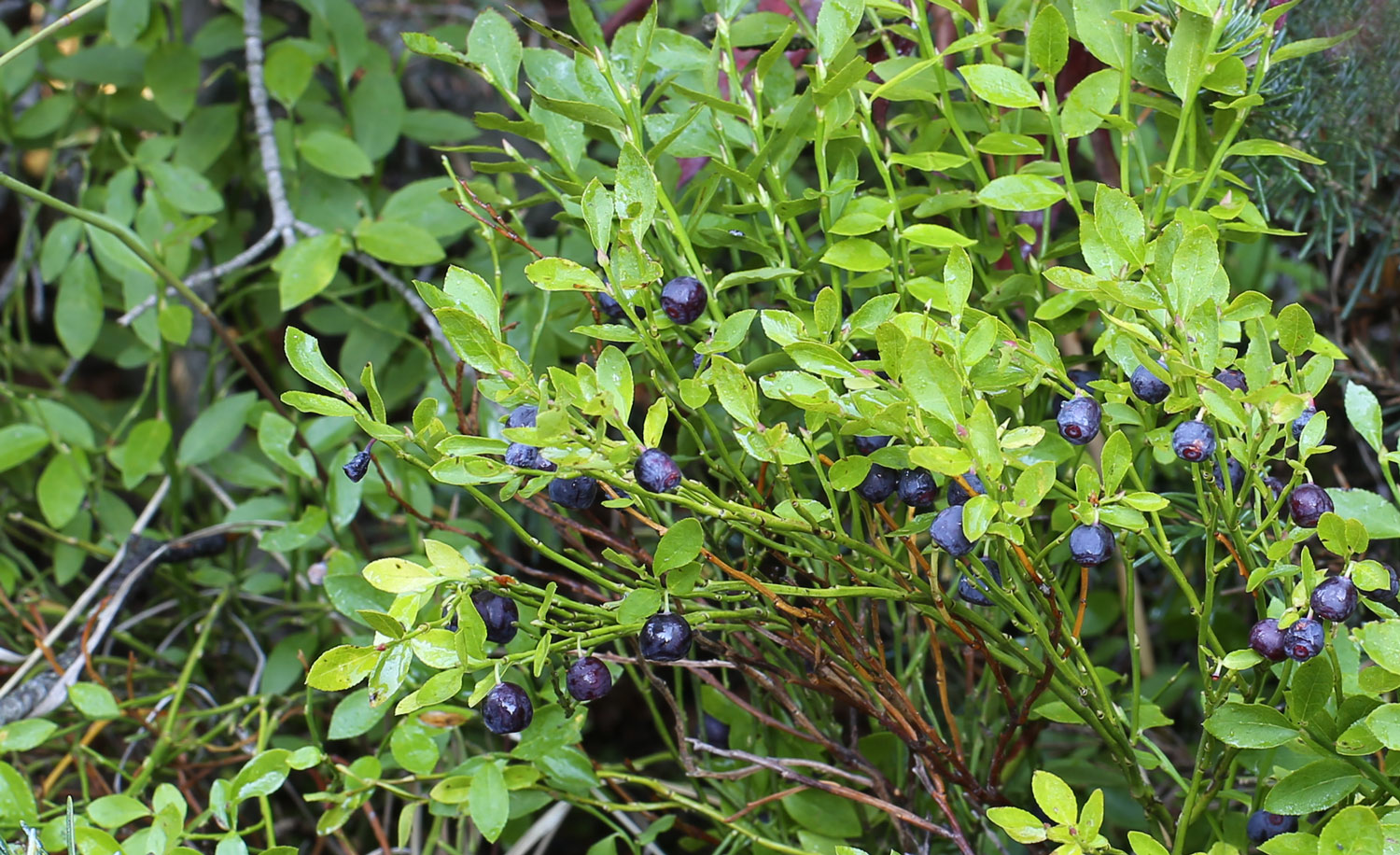
The whortleberry or dwarf bilberry (Vaccinium myrtillus) is most well-known. The foliage is bright green, with elliptic, serrated leaves and ridged green branches. The berries range from wine-colored to blue-purple and can be up to 1 cm wide.
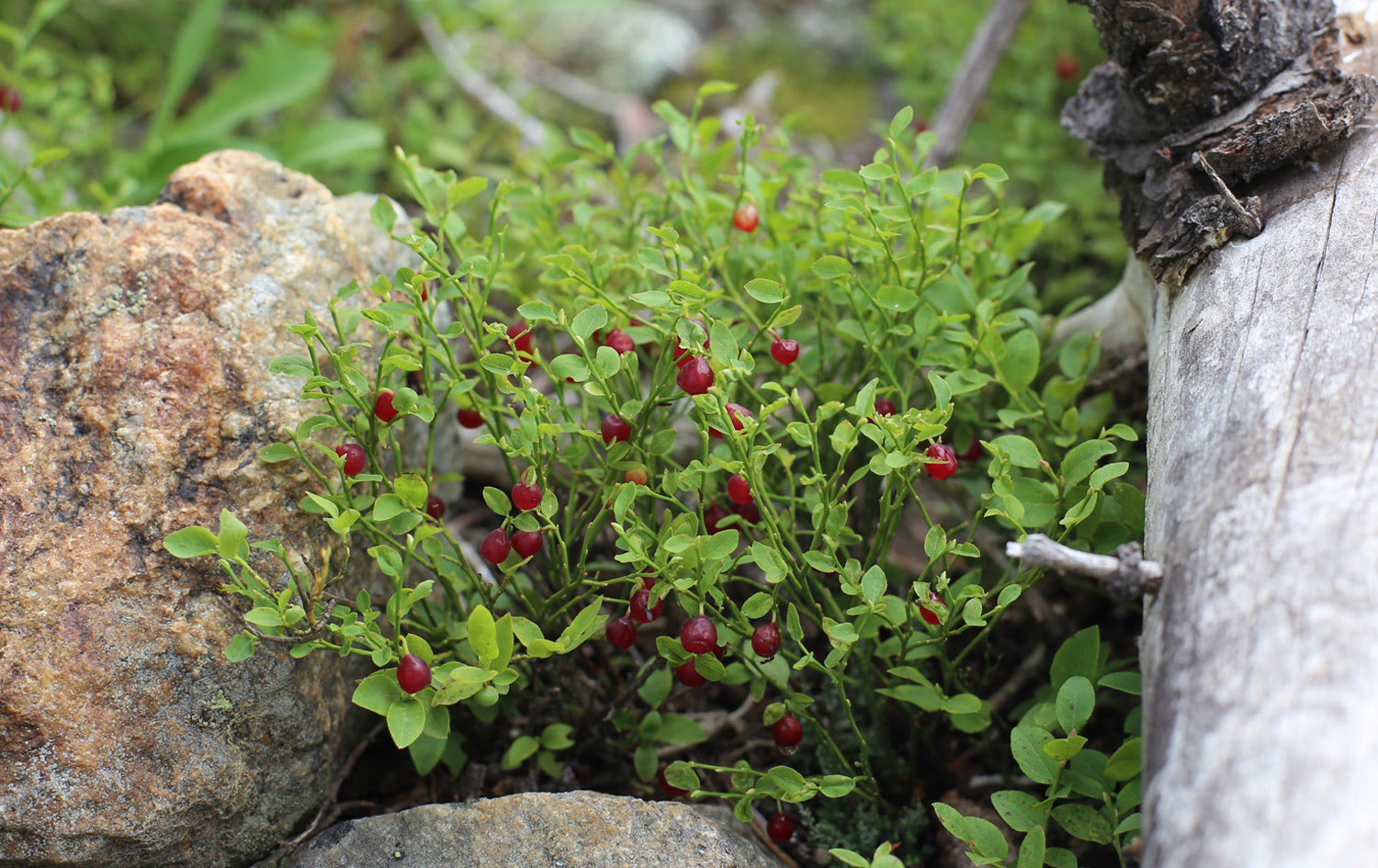
The closely related grouseberry or red whortleberry (Vaccinium scoparium) typically has red berries and smaller leaves, but it can hybridize with V. myrtillus, so these traits are variable. The berries are smaller but often quite plentiful.
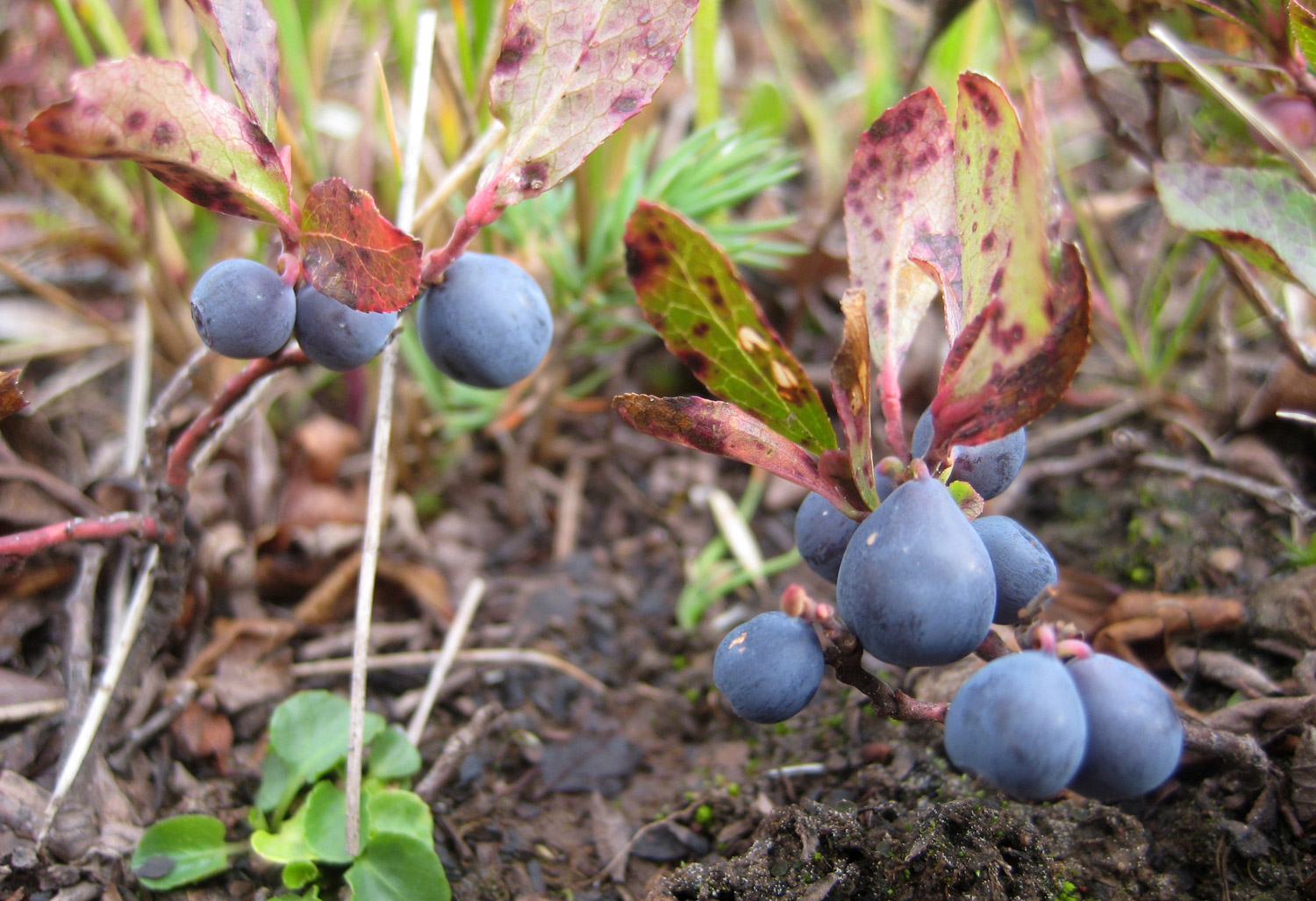
Last is the dwarf blueberry (Vaccinium caespitosum), which has orange-brown, non-ridged branches and leaves that widen toward the distal tip. Typical berries are powder blue. Look in alpine meadows on plants just a few inches tall.

Moving north and west one finds the most famous of Western huckleberries (Vaccinium membranaceum), known as black, thinleaf, or mountain huckleberry. This taller species can exceed chest-height and produce rather large berries in the heart of its range. For some, it is the only “huckleberry.”
Speaking of which, I am using the term “huckleberry” to talk about Western Vaccinium species as a group. Some people vehemently object to this usage.
In the eastern United States, the term is used for seedy berries in the genus Gaylussacia, and the name “blueberry” is reserved for Vaccinium species. But we have many Vacciniums in the West, a number of which were dubbed “huckleberries” long ago—so the waters are rather muddy.
If anyone chews you out for calling a whortleberry a huckleberry, let him know that these words likely have the same origin (Thayer, 2010), and also that they are just common names, which vary by region after all. You do not have to turn in your forager badge. Just smile politely and offer some berries.
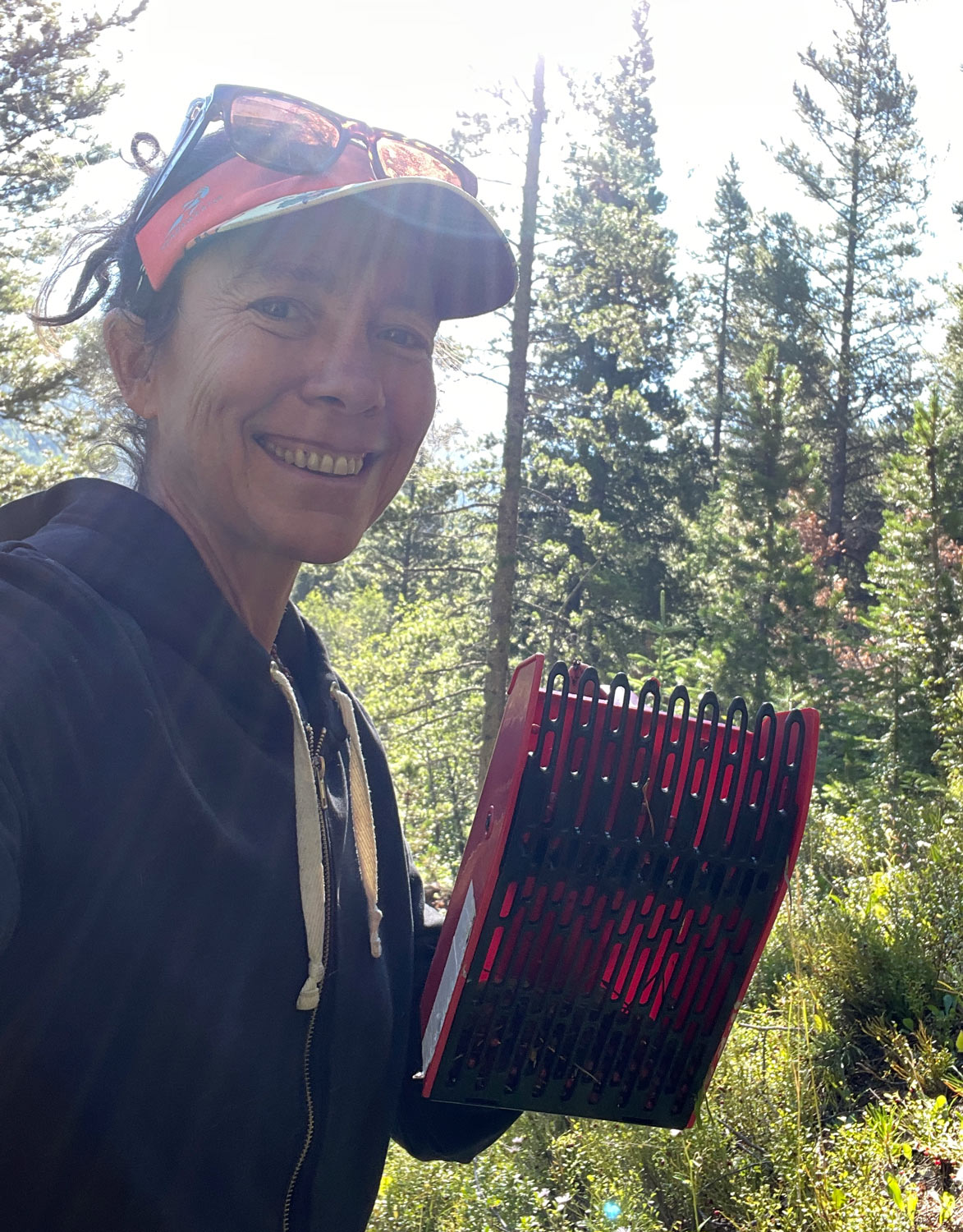
Not all patches fruit in equal abundance every year. I usually travel with pint containers in case I find a good one. Berries can be plucked or “tickled” from one hand into the next. A huckleberry rake is a good investment; one uses it to gently rake the outer branches a few at a time. (In my experience, if you yank too many at once, the berries crush between the tines.) With practice, you’ll be able to do this without breaking many branches–and those you do break can be brewed into a nutritive tea.
Interested in more berry education? Sign up for Wild Berries I & II for just $20/each:
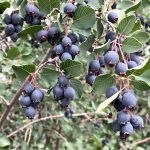
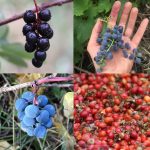
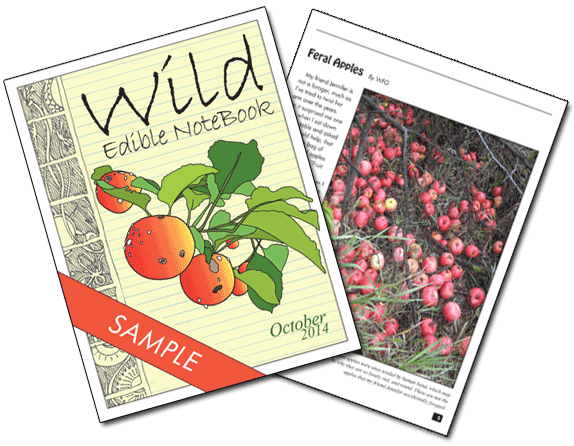
Love it! Never seen a huckleberry rake before… Up here in Idaho and Montana we also often find V. ovalifolium (oval-leafed bilberry), occasionally V. deliciosum (blueleaf huckleberry), and most recently discovered a patch of V. uliginosum (bog bilberry). The varieties seem endless!
Especially in your region! I would love to chase huckleberries in Idaho and Montana one day. Thanks for commenting:)